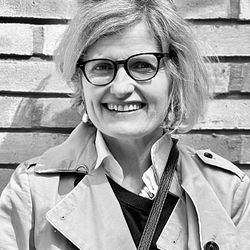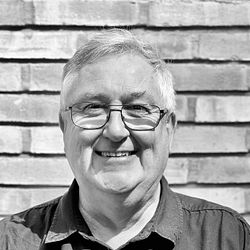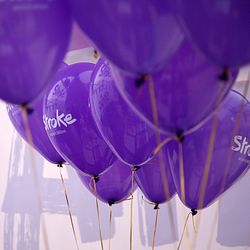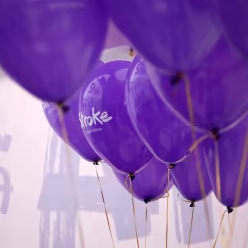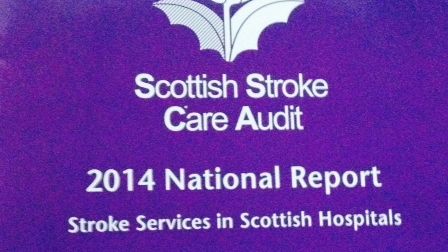
News -
Scottish Stroke Care Audit 2014 National Report - Stroke Association Scotland comments
Andrea Cail, Director Scotland of the Stroke Association said: “Stroke is a major health problem in Scotland and it has now been a clinical priority for the Scottish Government and NHS Scotland for over 15 years. During that time there have been significant improvements in the quality of stroke care which have contributed to a reduction in the number of deaths from stroke. However, stroke is still the third most common cause of death in Scotland and there are still significant variations in treatment and care depending on where we live which is unacceptable.
"The Stroke Association is pleased to see that see that once again overall improvements are
being made in most of the health boards in Scotland. However the Scottish Stroke Care Audit report acknowledges that there are still wide variations in service and treatment across the country including stroke unit admission, receiving a swallow screen, receiving a brain scan and being
treated with aspirin.
"One area of improvement we are particularly pleased to see is that most hospital TIA clinics are
meeting the standard relating to suspected TIA (transient ischaemic attack). The standard states that 80% of new patients with a stroke or TIA should be seen within 4 days of receipt of referral to the neurovascular clinic. 11 of the 20 clinics in Scotland exceeded this standard in 2013. The Stroke Association’s recently launched ‘Not just a funny turn’1 report highlights the importance of rapid referral of people with suspected TIA for specialist assessment. There are many examples of
good practice happening in Scotland which we would like to see replicated in other hospitals across Scotland.
“Given the pressure on NHS funding in the years ahead, it will be very challenging to those who are striving hard to meet an optimum package of care. Innovative ways need to be found not just to meet
and sustain the bundle, but also improve treatment and care across the stroke pathway.”
